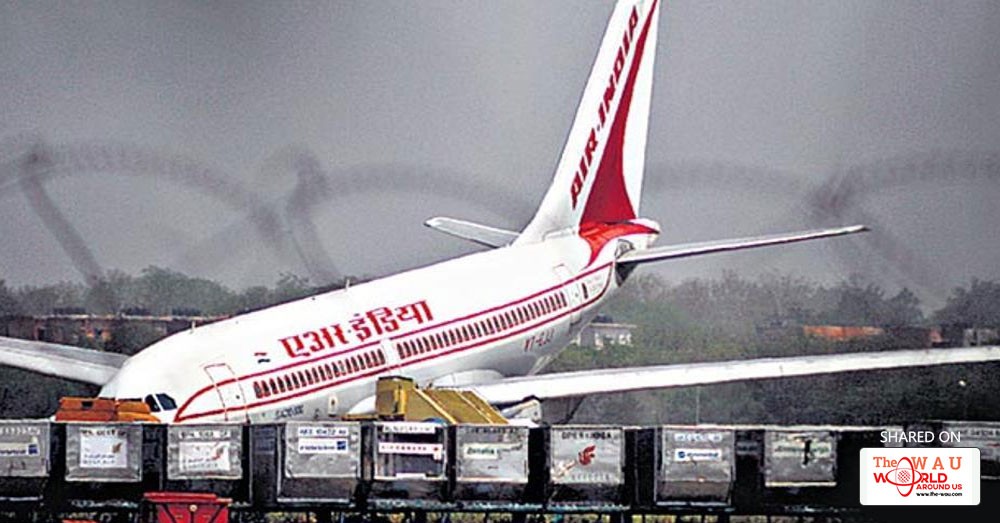As many as 15 passenger jets of Indian airliners suffered midflight engine damage, according to the civil aviation regulator’s data till August this year.
The numbers are the highest for six years and put to question aviation safety in the country.
The scariest perhaps are the two occasions when an engine caught fire during take-off. In another case, the high-pressure turbine blade of an engine came off, missing the tank loaded with highly combustible aviation fuel by a whisker.
“All three cases were of serious nature as anything could have happened to the aircraft. The passengers had a narrow escape,” an official in the Director General of Civil Aviation (DGCA) said.
Flights with a blown engine are guided to the nearest airport for an emergency landing in accordance with the safety protocol. The six-year data obtained through the right to information law show only seven aircraft reported engine snags during flights in 2016.
“An aircraft is inspected before passenger boarding. There are instances of flaws getting detected during inspection. In such cases, we ground the plane,” the official said. “But if a snag develops after take-off, during landing or whilst the plane is airborne and cruising, it is serious.”
Of the 15 cases so far this year, seven engines were manufactured by CFM International, an American-European joint venture that has both Airbus and Boeing on its client list.
Half a dozen were made by Pratt & Whitney, the American company facing global scrutiny over technical snags in its engines that power the Airbus A320neo aircraft.
But the DGCA data show only three Airbus A320neo aircraft developed snags during take-off.
“The engines did cause trouble but most cases were detected during inspection. Hence, only three snags were entered in the data,” the DGCA official said.
Experts from Pratt & Whitney assured that the engine had issues but none were serious.
A couple of them were India-specific, as pollutants in the air clog the combustor and affect engine lubrication, according to a company official who didn’t wish to be named.
“We have successfully rectified them and as of today only three A320neo aircraft are grounded.”
That’s a sign of improvement as private airliner IndiGo, which flies four in every 10 Indian air passengers, was forced to cancel more than 600 flights this summer because of vexing technical snags with the Pratt & Whitney engines. This was reported in Hindustan Times in August.
Aviation safety experts expressed concern over the rise in engine failures.
“The DGCA should put such information on its website. Since it investigated these cases,
it should maintain transparency,” said SS Panesar, a senior pilot.
However, investigation is a matter of contest between the DGCA and Aircraft Accident Investigation Bureau.
Official documents suggest the bureau called the engine fires “serious” and sought to investigate, but the civil aviation ministry handed the cases to the DGCA.
Civil aviation director general BS Bhullar wasn’t available for comments but a senior official assured that the regulator is “seriously looking into all the aspects of air safety”.
Share This Post












